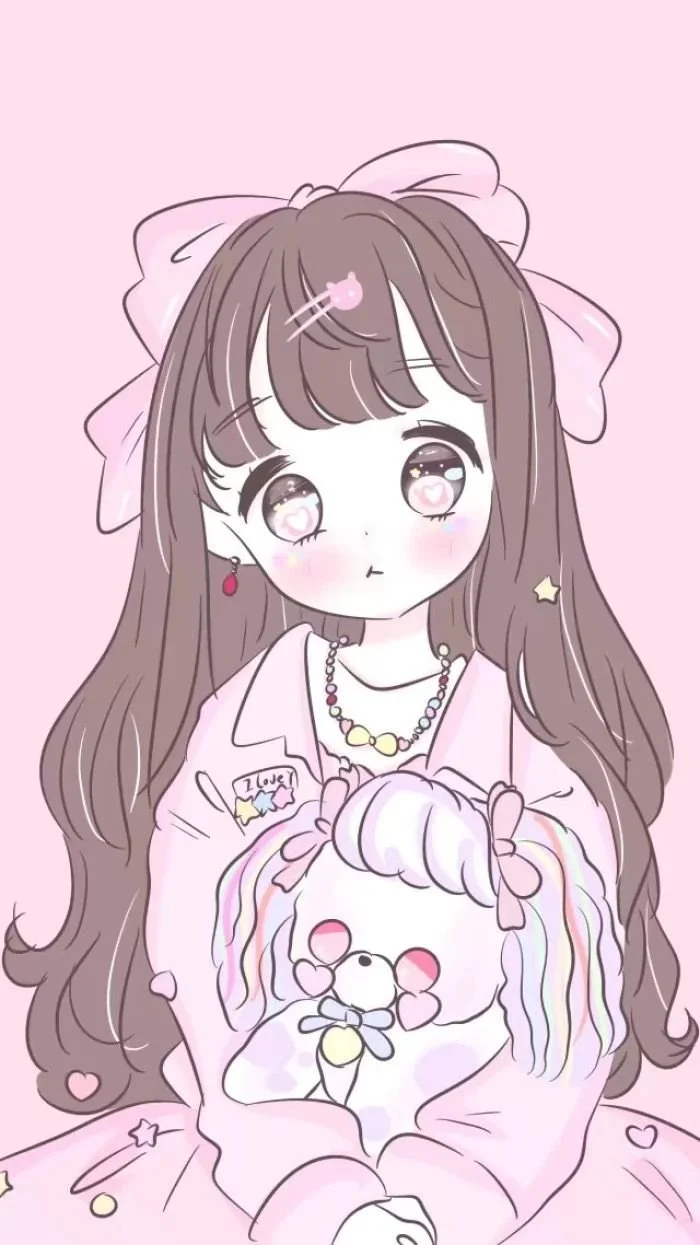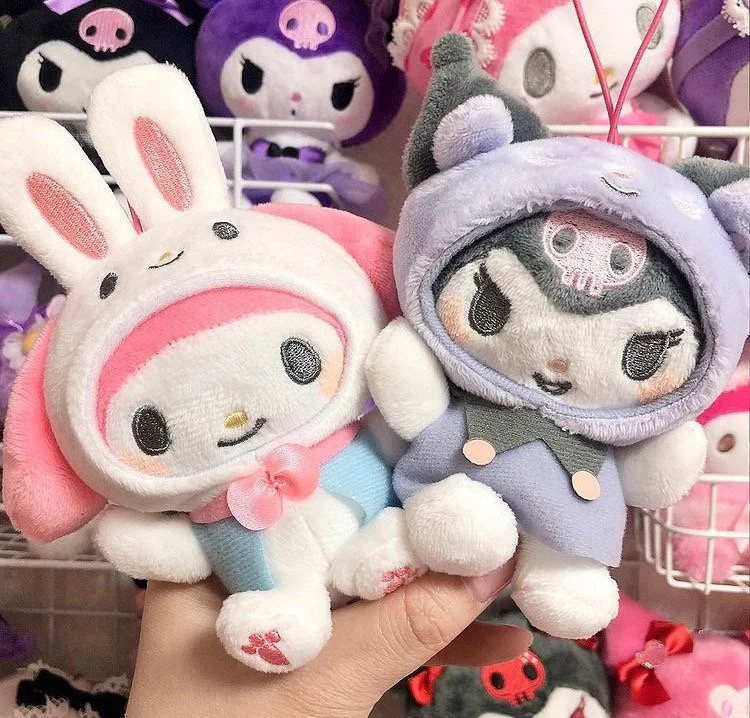The kawaii aesthetics
Kawaii is a Japanese term that can translate into ‘loveable’ or ‘cute’, and it refers to the animated and often charming characters that are the main part of this aesthetic. Usually shy, and childlike sketches this aesthetic appeals to the Japanese cultural appeal of softness.
Before the ‘70s, kawaii was associated with being something to pity. This negative image was termed ‘kawayushi’. As the term ‘Kawaiko-chan’ (translating to “cutie”) was used to catcall women in the late ‘60s and ‘70s, Japanese women worked to reclaim the word and adapted the phrasing to ‘kawaii.’ This resulted in the now popular kawaii culture with many brands using it to market characters such as Hello Kitty- one of the most prominent characters in the culture.
As the aesthetic came to have its own typeface and became used for stickers, posters, and manga it eventually made its way into Western culture with magazines with kawaii characters printed on them.
When it comes to the kawaii characters the archetype often consists of larger heads on smaller bodies with wide eyes and little to no expressions shown on the face. Due to this lack of emotion, it can be assumed that they are more loveable because people are able to cast their own feelings on them.
By the ‘90s, the kawaii trend would eventually be adapted in the West with the rise of both Sailor Moon and Nintendo. However, the rise of kawaii or ‘Harajuku’ fashion (named after an area in Tokyo with a distinct female style that brings to life the kawaii look) played a huge role in emphasizing not only this fashion style but also a lifestyle that touches all kinds of artistic expressions. Kawaii fashion could be easily described as both frilly and feminine, with multitudes of details and heavy amounts of pastels. Given the growing popularity of the grunge and the expectation for women to dress more masculinely, this style is the antidote that preserves a classical, yet relatively modern feminine style.




